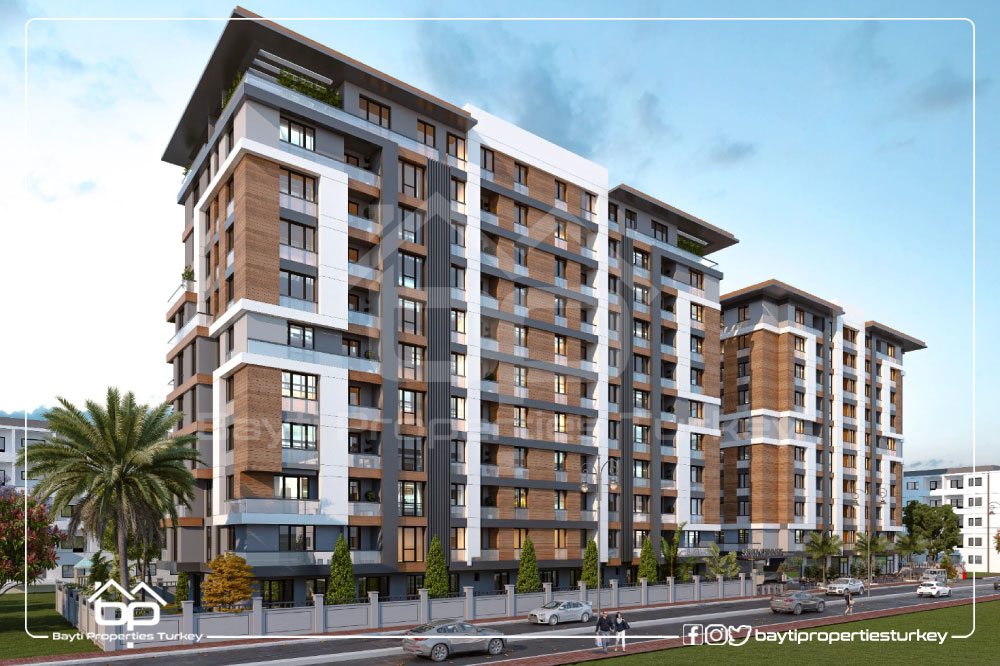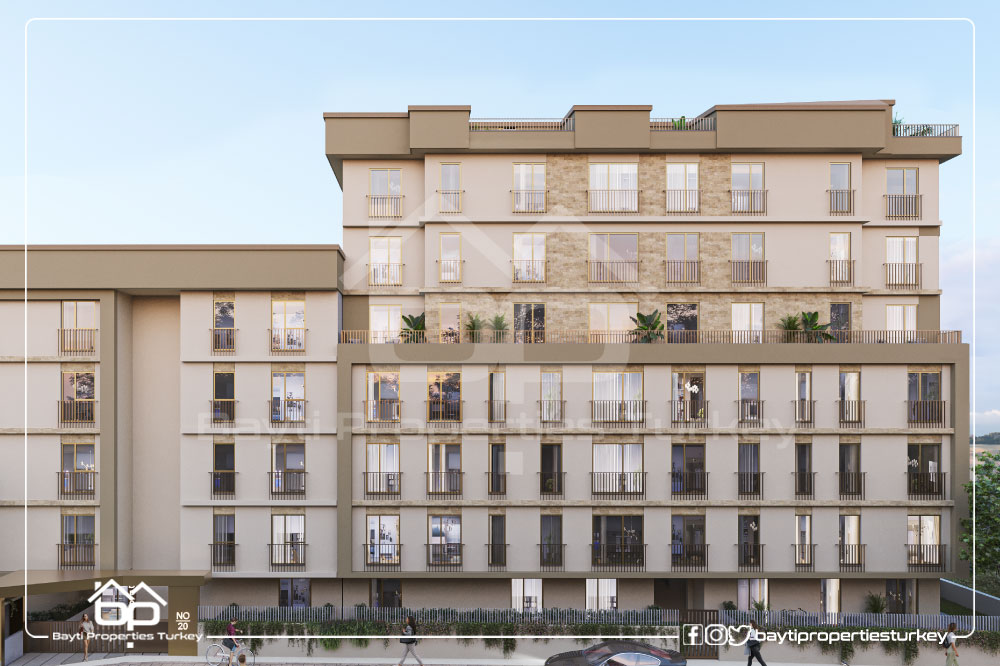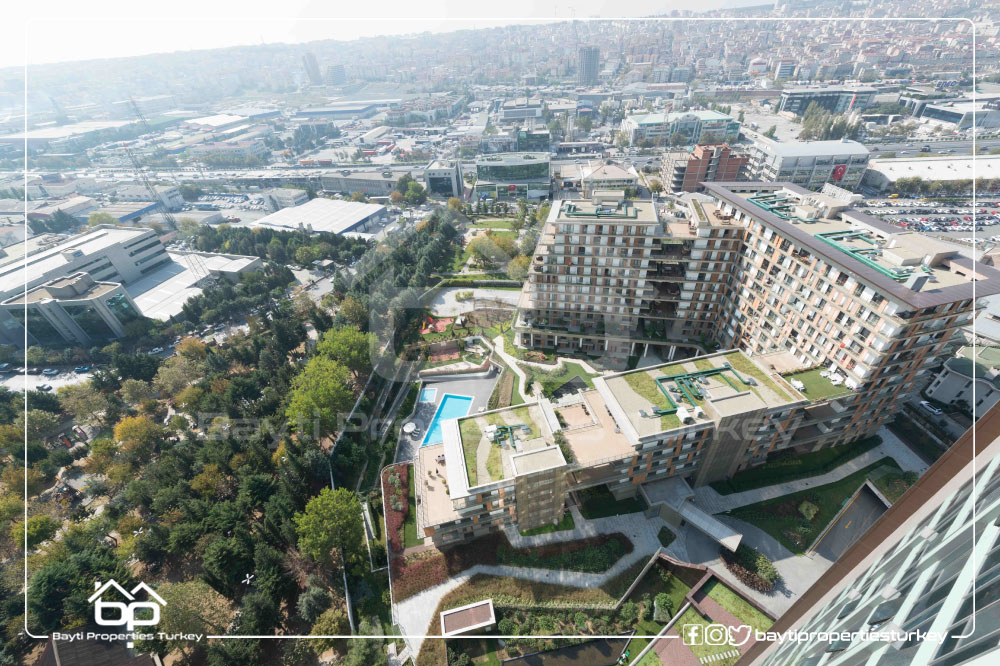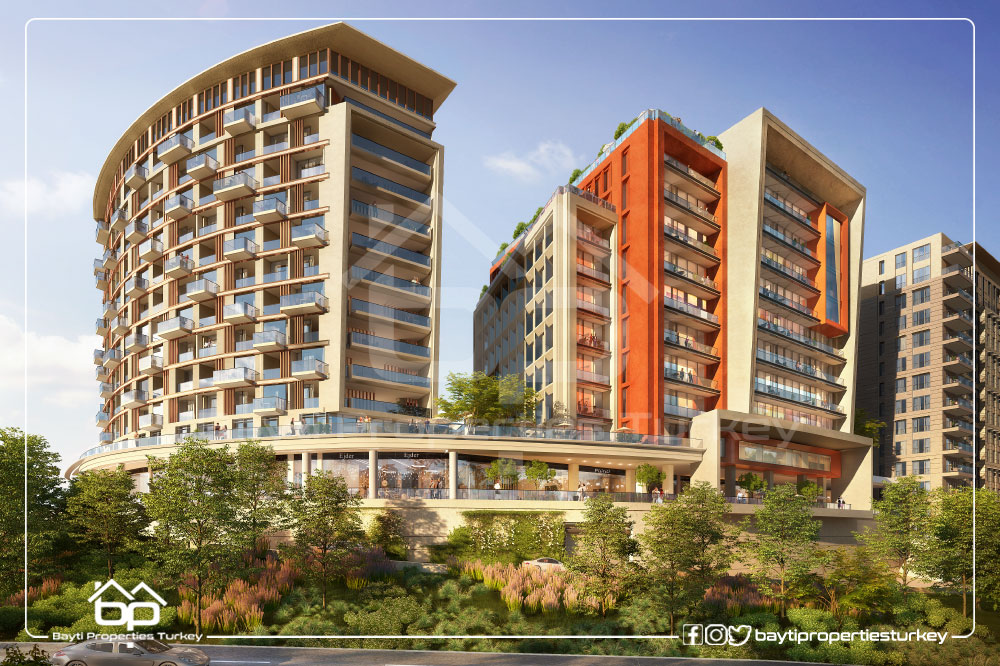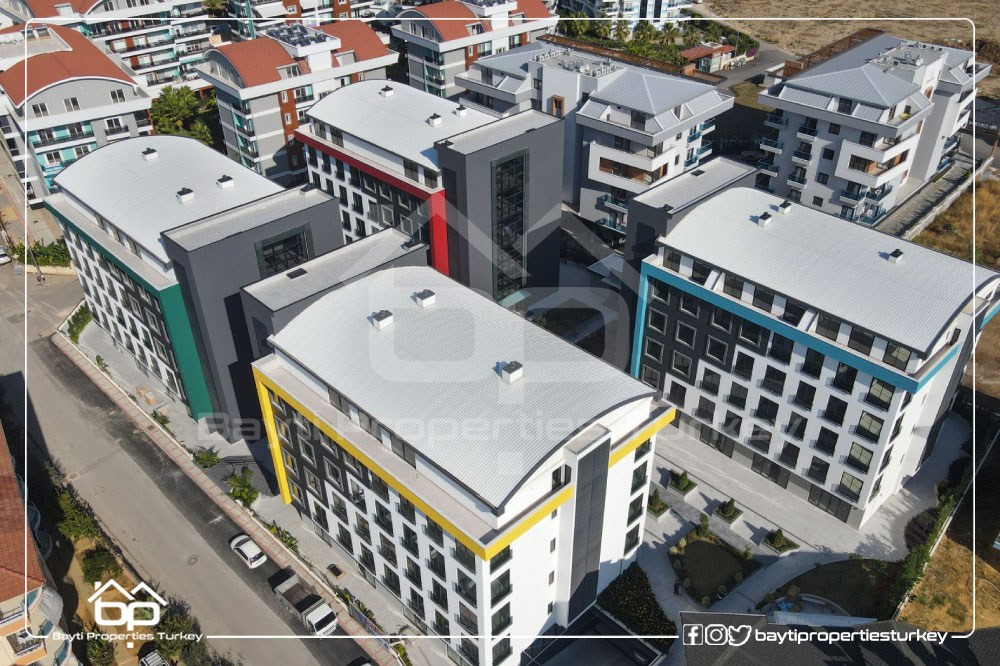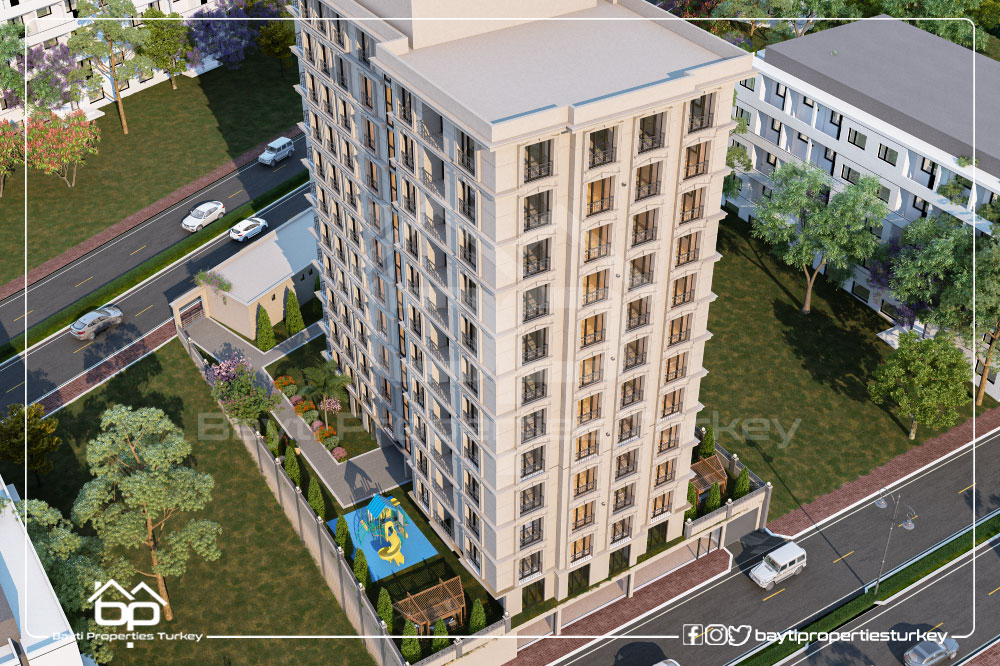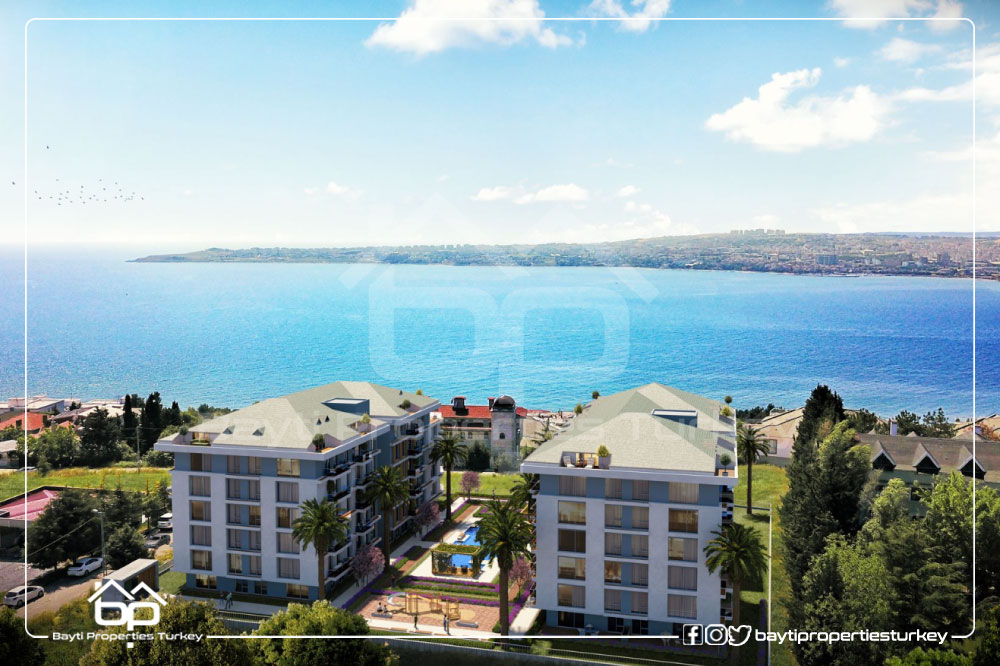Hagia Sophia… Istanbul’s historical masterpiece
The Hagia Sophia Mosque and Museum is one of the most beautiful tourist places in Istanbul ,it is a majestic religious edifice venerated by the inhabitants of the country, Muslims and Christians alike.
The Hagia Sophia Museum was one of the most famous Christian and historical churches in the Byzantine era , where Emperor Justinian began building the church in approximately 532 AD and finished construction five years later in 537 AD, Hagia Sophia remained the official church of the Byzantine Christian state and the jewel of its capital, Constantinople, despite its destruction and burning more than once, until the arrival of the Ottoman Sultan Mehmed II to The city in 1453 AD, when he changed its name to Islambol and entered the church and prayed in it the first Friday after the conquest and made it a large mosque symbolizing the opposite direction to the strength and control of the Ottoman Empire, and it remained a mosque for approximately 481 years.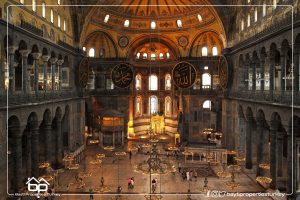
The founder of the Turkish Republic, Mustafa Kemal Ataturk, converted the Hagia Sophia Mosque into a museum in 1934 AD.
This prevented the call to prayer in Hagia Sophia when it was converted into a museum
Until 2012, when the call to prayer was raised in Hagia Sophia
For the first time after 78 years of its ban, on the anniversary of the conquest of Istanbul.
its location
Hagia Sophia was built at the entrance to the Bosphorus Strait in the European part of Istanbul, and its location is known today in the Sultanahmet area, near the famous Blue Mosque, the Gulhane Park, the fountain and the hippodrome.
It is also close to the famous Topkapi Palace, which contains the relics of the Prophet, peace be upon him and close to the famous Arasta Bazaar, which is full of antiques and gift shops, which is approximately 300 meters from the Hagia Sophia Museum.
When the Hagia Sophia was built, it was intended – from an architectural point of view – to be the largest Christian church and evidence of the advanced technical capabilities of the Byzantine Empire prevailing at the time.
Its building – which took five years to construct and represents one of the masterpieces of Byzantine art – includes a wide dome with a height of 55.6 meters and a diameter of 32 meters.
It is based on four huge columns, each 24.3 meters high.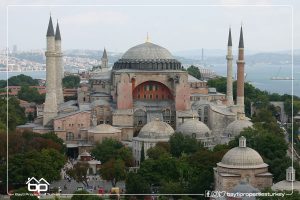
This is in addition to the walls built of marble imported from many countries, and decorated with shiny golden mosaics and colored stones.
The main building is 82 meters long, 73 meters wide and 55 meters high. It is entered through nine doors, its surface was covered with mosaic stones, and the walls – after it was converted into a mosque – were decorated with inscriptions by Ottoman calligraphers, and four cylindrical minarets in the Ottoman style were added to it.
The Hagia Sophia Museum contains many Islamic decorations, such as the word of God Almighty, the name of the Prophet Muhammad, peace be upon him, and Christian icons on the ceiling, such as the icon of the Virgin Mary.
In addition to the mosaic paintings of Byzantine art and some of the tombs of the Ottoman sultans and on the mihrabs and columns
A large and huge dome and 4 huge minarets for the call to prayer.
Hagia Sophia is seen as a world archaeological landmark that reflects the diversity of the cultural heritage of Istanbul
Which is located at the intersection point of civilization between East and West and was throughout history the capital of the Roman, Byzantine and Ottoman Empires
UNESCO included it in 1985 AD in its list of World Heritage Sites, and it is a religious tourist destination for millions.
In economic terms, Hagia Sophia comes in second place among the most attractive Turkish museums for tourists , and Hagia Sophia means sacred wisdom.
The outer section contains the tombs and tombs of the sultans, the primary school, a waterfall and ablution faucets, minarets, external supports, the treasury building, the poor house, and the Al-Fateh School, as for the inner section, it contains:
The central dome of Hagia Sophia, mosaics and drawings, calligraphy paintings, the mihrab, the pulpit, the Sultan’s room, the muezzin’s room, Mahmoud I’s library, marble urns, the obelisk of wishes, the Emperor’s Gate and some other sections.


